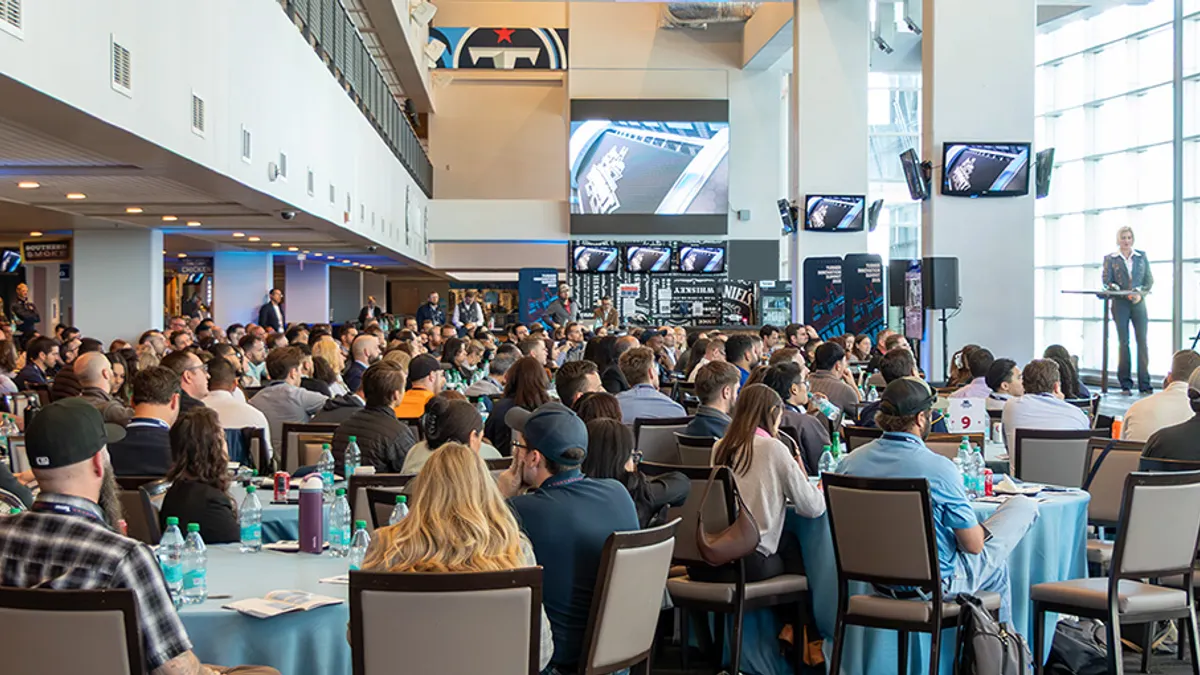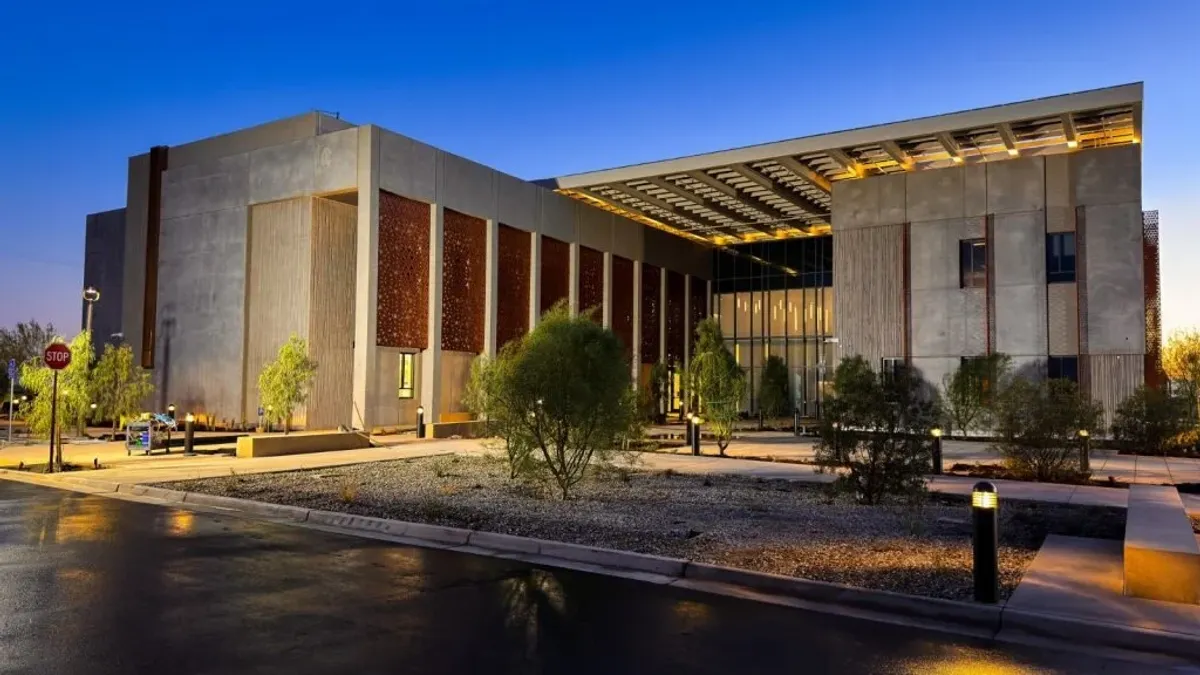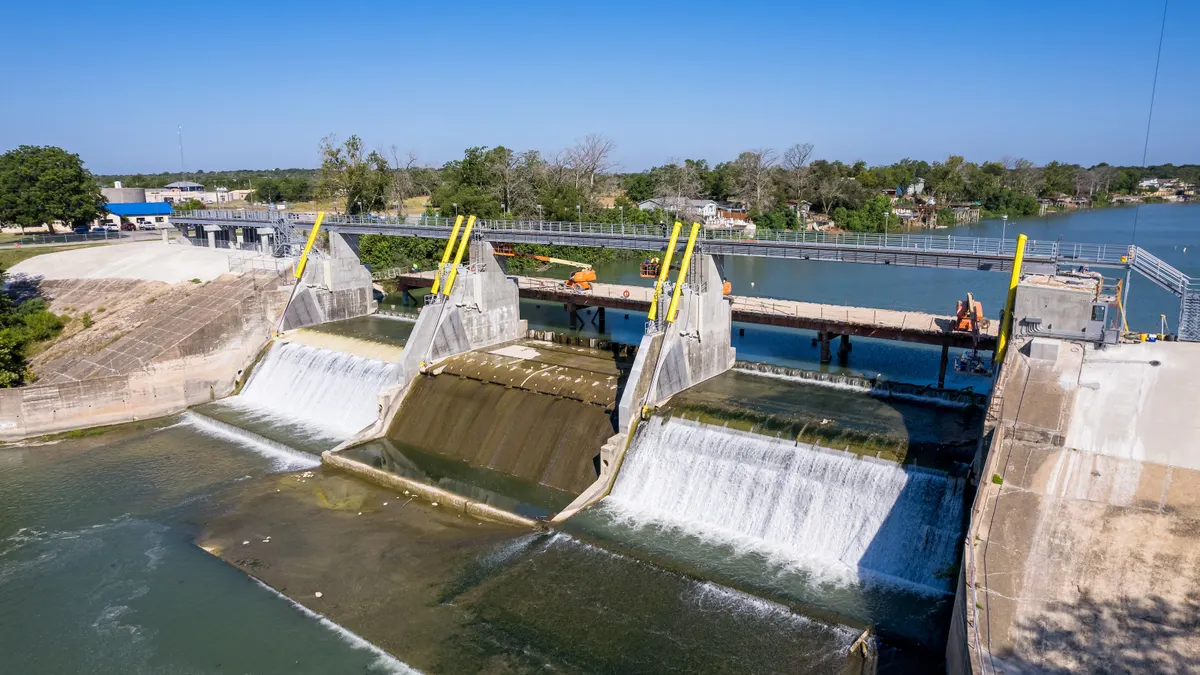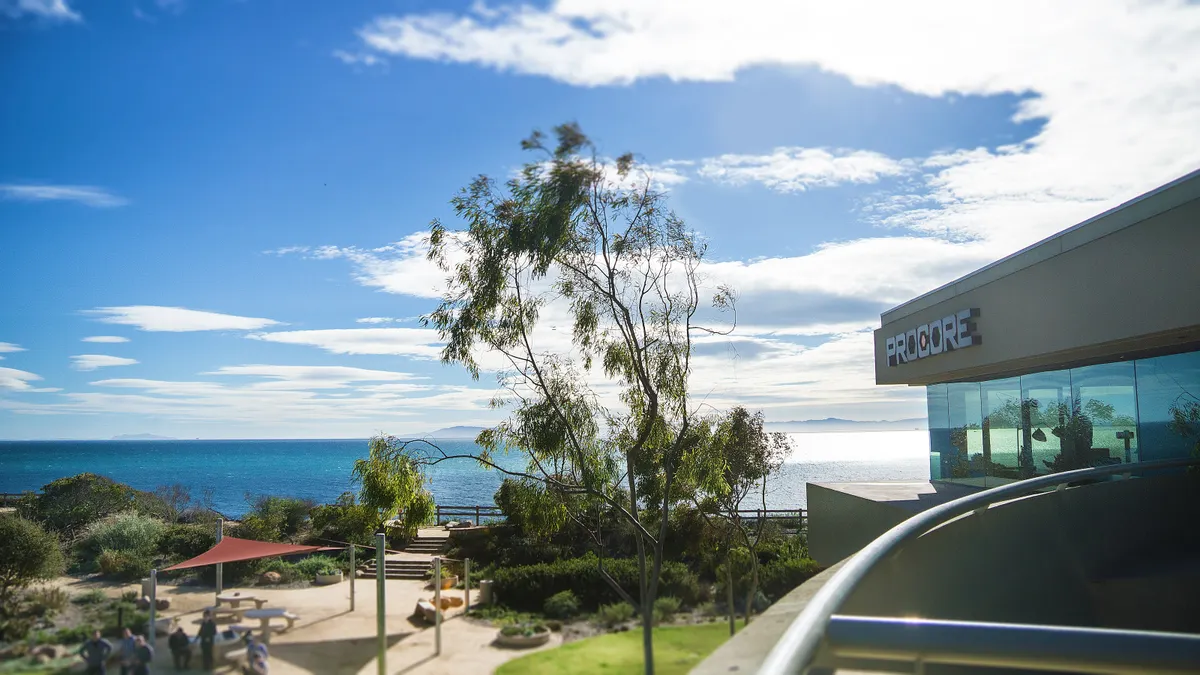Construction is about 60% underway on a Pratt Industries Recycle Paper Mill in Wapakoneta, Ohio, and not a sheet of paper can be found among the Wieland Construction team or its 60 subcontractors. Instead of pocket notebooks and hard plans, workers are breaking out iPads from designated vest pockets to reference documents, update task lists, upload photos and more.
Converting to a fully paperless workflow is a pretty radical undertaking on any project, and on this off-the-beaten-path greenfield site, the Lansing, Michigan-based general contractor certainly did not take the easy route. During its earliest site preparation, Wieland partnered with the local communications co-op to explore which internet services would be available and to install a mesh network with enough access points that every worker on the roughly 120-acre site could count on rapid network speed.
So why not launch this program on a smaller scale and in a more accessible location?
“We really wanted to push the boundaries,” CEO Rob Krueger told Construction Dive. If his team could build a scalable network on a large scale, they knew they could do so on a smaller scale, and take some lessons learned with them to other projects.
“Now that the solution is built, we’re already starting to deploy it on other project sites,” he said.
From the outset, subcontractors and suppliers agreed to work from Procore’s mobile app instead of paper documents and to pay monthly lease rates for iPad Pros. A three-way partnership between Wieland, Procore and Apple helped alleviate the burden of upfront hardware investments, Krueger said, while giving end users a direct line to app developers to improve their experience.
On top of the obvious savings on paper and printing costs, Krueger said one of the greatest benefits has been the guarantee that every craftsman on site is looking at the most up-to-date set of drawings. He also estimates that by eliminating trips between work areas and the trailer, going mobile has given project managers about two hours of their day back that they can use to work alongside crews and answer their questions.
Senior Project Manager Ryan Roberts added that his ability to report in real time from the field saves him another hour or so that he used to spend typing up notes at the end of the day. “Our guys are now spending time doing what they do best — organizing, managing and executing the work with the crafts, being able to have interactions with them without delayed responses,” he told Construction Dive.
Met with typical grumblings — but little training needed
When Wieland first announced the program, it was met with some stereotypical grumblings from workers who didn’t want to part with the way it’s always been done, coupled with concern that field workers might not be able to quickly adapt to the technology, Krueger said. “There was a little bit of fear that yes, this is great for the office guys and the guys that are tech-savvy, but what about the guys in the field?”
When you have the guy out there with mud on his feet and a dirty reflective vest and scratches on the hardhat saying ‘it allows me to work better, more efficiently’ — you listen to that because they have no other reason to be advocating for such things except that it really is effective.

Rob Krueger
CEO, Wieland Construction
As it played out, the anticipated onboarding challenges were almost nonexistent — using iPads and iPhones was intuitive for the field workers and didn’t require much training, Krueger said. Plus, “once you get the ball rolling, there’s such momentum behind it that our guys want mobile apps to be able to do everything.”
Field workers became the biggest advocates for the mobile push, and Krueger said they’ve been a powerful force in the company’s overall technology strategy. “From corner offices, we can give edicts all the time that ‘we will use technology, you will use these devices,’ ” he said. “I think people kind of roll their eyes a bit [at] the next latest and greatest idea, but when you have the guy out there with mud on his feet and a dirty reflective vest and scratches on the hardhat saying ‘it allows me to work better, more efficiently’ — you listen to that because they have no other reason to be advocating for such things except that it really is effective.”
It hasn’t been a plug-and-play deployment, however. The paper mill is a roughly 300,000-square-foot structure, and the more that gets added to it, the more interference there is with the network signal. Wieland has to monitor connection speeds and either add or relocate hotspots based on the number of workers on site and the walls that are going up between them, Roberts said.
The mobile push with its resulting productivity boosts has been well worth the investment, according to Krueger, and has attracted some unexpected cheerleaders throughout. Both Pratt Industries and other project owners have been keen on the paperless environment. Not only are they wooed by the convenience of being able to check on project status at any time or location from an iPad issued by Wieland for the duration of the project, he said, but also, “if it was a way to develop the project more efficiently with a faster completion date and better coordination, they were certainly very excited for that.”



















